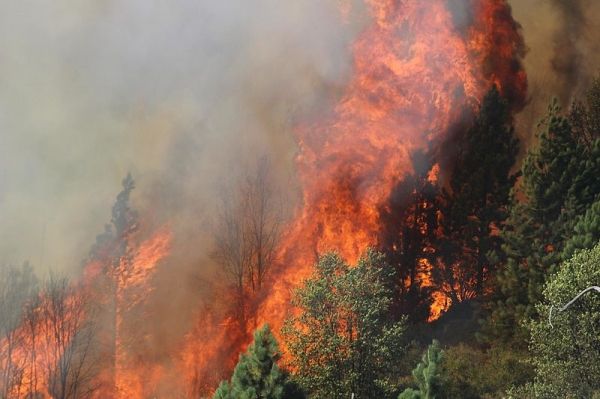A mile south of Yosemite National Park, fire ecologist Chad Hanson strides through the Stanislaus National Forest, heading to a great gray owl nest he found earlier this spring. Genetically distinct from its cousins in western North America, these rare birds are 2 feet tall, with a wingspan of about 5 feet. They can be seen almost any time because, unlike most owls, they are active day and night.
articles
UI Researchers Explain Ammonia Distribution in Earth’s Upper Atmosphere
A new study co-led by University of Iowa researchers explains how ammonia is distributed in Earth’s upper atmosphere.
At The Limit – Saving Forest Elephants
“STOP RIGHT THERE!” - came the warning just as I was leaving the research building. Eric, peering out of an adjacent doorway whispered “He’s right around the corner next to you.”
Exercise helps treat addiction by altering brain’s dopamine system
New research by the University at Buffalo Research Institute on Addictions has identified a key mechanism in how aerobic exercise can help impact the brain in ways that may support treatment — and even prevention strategies — for addiction.
Scientists plan study of northern cities’ air quality
Atmospheric scientists at the University of Alaska Fairbanks have launched an effort to better understand urban air quality problems in northern cities.
Largest ice sheet on Earth was stable throughout last warm period
The largest ice sheet on Earth was stable throughout the last warm period in geologic time, indicating it should hold up as temperatures continue to rise.










